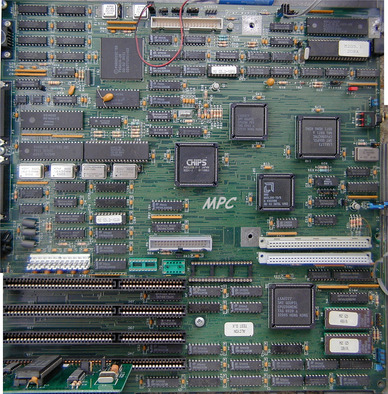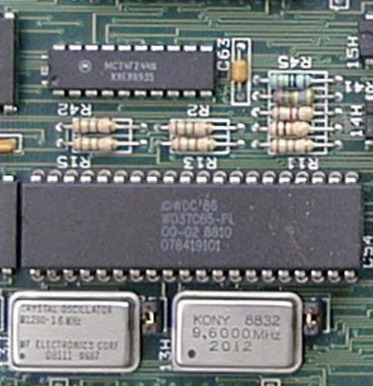Marco wrote on 2024-03-22, 10:13:
1. is the floppy connector of the 154x only for scsi floppy drives?
No, it works with standard IBM PC floppy drives. In fact only with those, if you want some sort of SCSI floppy connected to the system then you'll need to attach it to the 50-pin ribbon and load some device drivers because I don't think the built-in ROM extension can handle anything other than HDDs.
Marco wrote on 2024-03-22, 10:13:
2. is there an advantage to use the connector of the scsi instead of the std multi i/o connector?
No, there isn't. Typically you'd use just the 1542CP, for HDD(s) and floppy drive(s), and nothing else. Then you might also need a separate card for serial ports and printer, but not a full multi-I/O one. Although it is possible to use SCSI along with either MFM/RLL or IDE controller, for example to copy data from one HDD to another. Note that some of those cards might also have FDC but no way to disable it, then you are forced to use that particular controller for floppies and disable 1542CP one.

